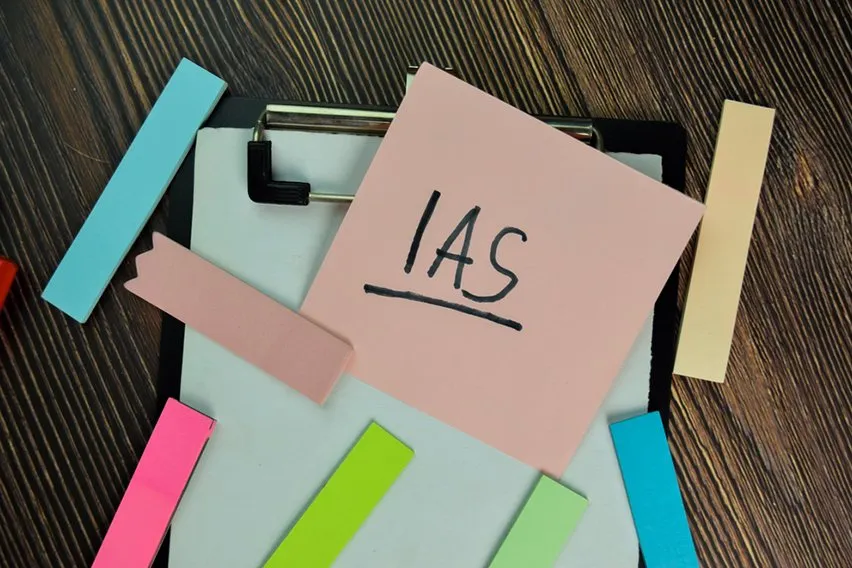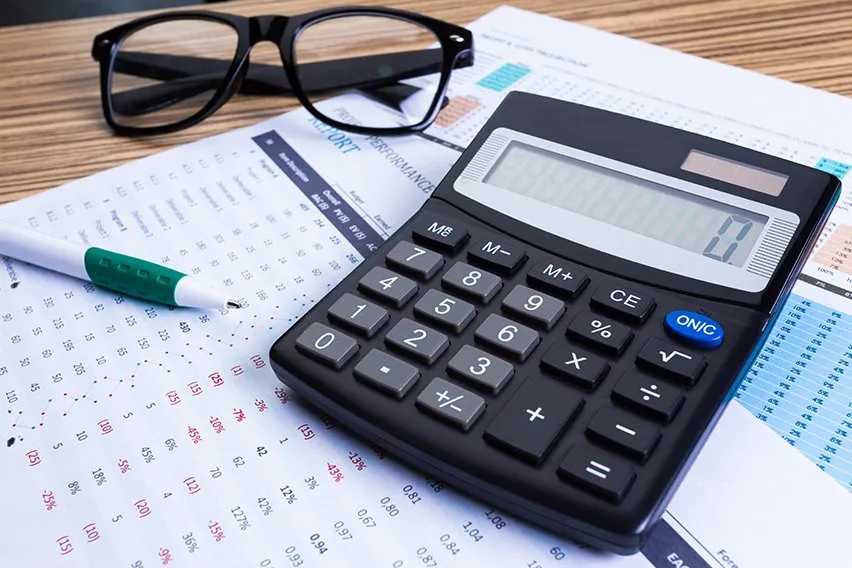What Is a Purchase Journal? Definition, Format & Example

Accounting teams use a record-keeping system that includes a journal of transactions. Four common journal categories comprise a complete journal:
- Sales journal
- Purchases journal
- Cash receipts journal
- Cash disbursements journal
Besides these specific journals, accounting teams also use a general journal. A general journal tracks transactions that do not fall into one of the four categories. You can organize most of your transactions into subcategories. This makes it easier for businesses to track spending. Every business has unique needs. An accounting team may use other specialty journals to track certain types of transactions. Over time, the journal offers insights into business and spending trends.
Here’s What We’ll Cover:
Understanding Purchase Journals
Recording Periods of Purchases Journals
Understanding Purchase Journals
A purchases journal is a journal category devoted to business purchases. Businesses often want to track expenses to see where the money goes. A dedicated purchase journal makes this process easier. Businesses often have hundreds of purchases that range from office supplies to services. In most cases a purchase journal will not have many credits since you use it to track spending. There are cases where you need to note a credit. For example, you receive a refund for returning a purchase or adjusting an expense amount.

Formatting a Purchase Journal
There is a standard format no matter what type of account journal you are using. Using a standardized method means that anyone can look back at your records and understand them easily. Transactions are always recorded in chronological order by date, with the earliest transactions entered first. Each transaction is usually called a journal entry and includes:
- Date
- Amount of the transaction, and whether it is a debit or a credit
- Accounts used for the transfer to and from
- Explanation of the deposit or withdrawal
Usually, debits have a left alignment in the entry field while credits are indented or aligned with the right side of the line. This is an easy method for quickly identifying which transactions are deposits, and which ones are withdrawals.
Purchases may be further categorized into types of expenses for more detailed tracking. For example, your business may develop a coding system for tracking types of expenses. Each spending category has an associated code that you include alongside the explanation of a purchase.

Purchases Journal Accounting
Each entry in a purchased journal has two parts. The first is a debit from an expense account and the second is a payment to the company or service provider. Businesses often have expense accounts set up to make budgeting easier. You need to note which account funds are taken from to pay for a purchase. You also need to note which business you pay from the funds.
In some cases, an expense may come from several internal accounts because multiple products or services are on a single invoice. When this happens, it is important to note the individual amounts of each product or service along with the invoice number for accurate tracking. If you also make records of the debit from a spending account in a different journal, all of the information should match. This makes it easier to go back and compare transactions to make sure everything matches up in the case of an audit.
Recording Periods of Purchases Journals
Each accounting team develops its own reporting periods for aggregation. You may balance accounting journals weekly, biweekly, or monthly, depending on your business needs. Journal aggregation means that you summarize a period of spending from a purchase journal and add it as an entry to the general journal ledger.
Takeaways
Accounting journals are a great way to break down income and spending into more manageable categories. Purchase journals offer the benefit of tracking and categorizing spending over time to see how a business is spending money. When the time comes to create your annual budget, a purchase journal helps you estimate how much you’ll need in the coming year for various business expenses.
Did you enjoy reading this guide? Head over to our resource hub for more great content!
RELATED ARTICLES

 Difference Between Activity Based Costing Vs Traditional Costing
Difference Between Activity Based Costing Vs Traditional Costing What Is IAS (Instalment Activity Statements)
What Is IAS (Instalment Activity Statements) Competitive Pricing Strategy: Definition, Examples, Pros & Cons
Competitive Pricing Strategy: Definition, Examples, Pros & Cons What Is a Bill of Exchange?
What Is a Bill of Exchange? What Is Churn Rate & How To Calculate It?
What Is Churn Rate & How To Calculate It? What Is a Business Line of Credit?
What Is a Business Line of Credit?